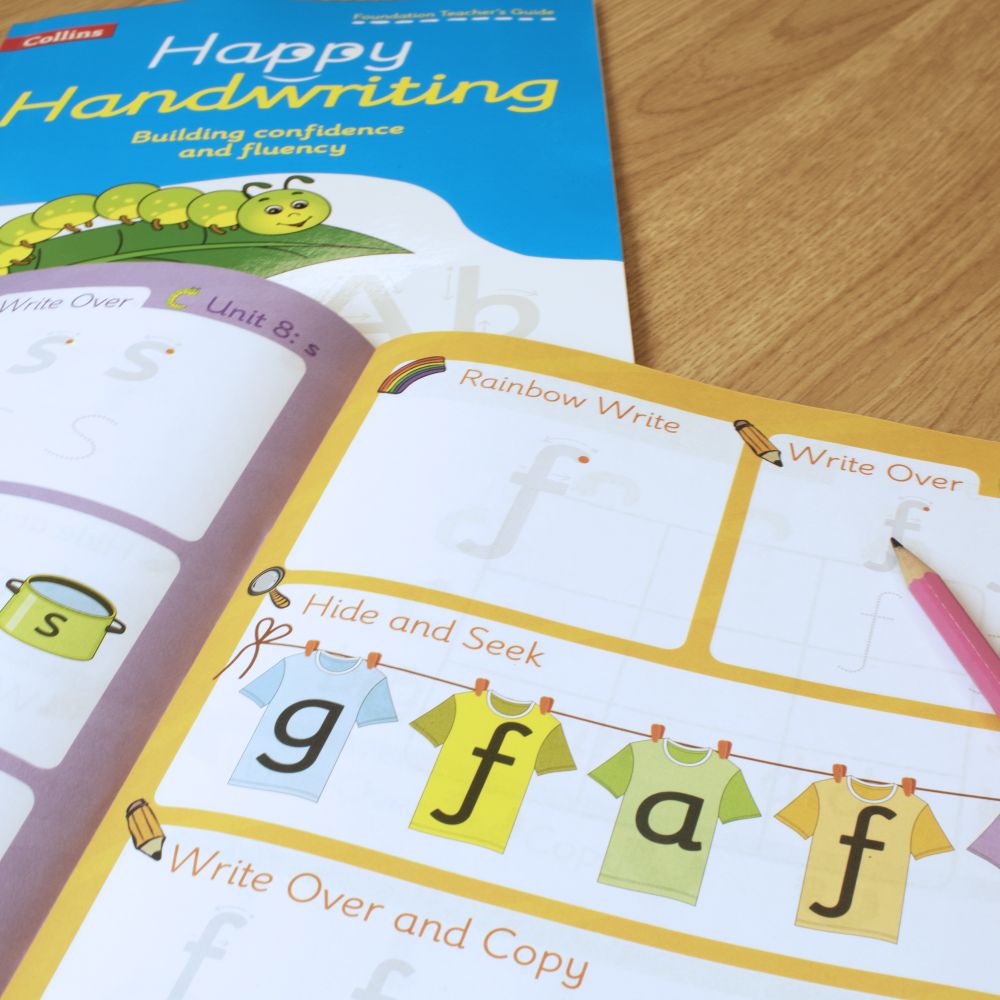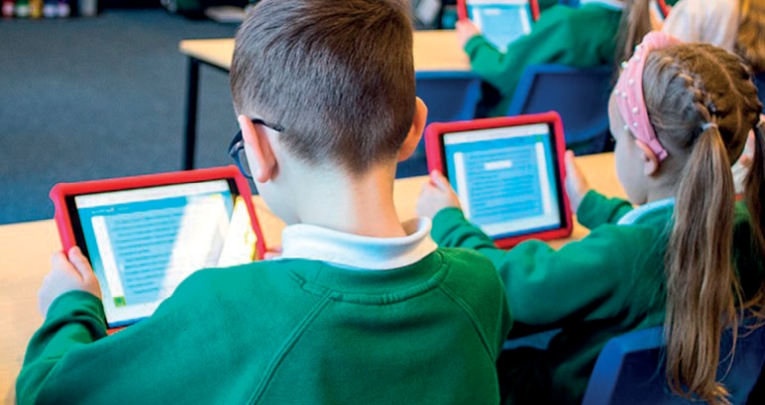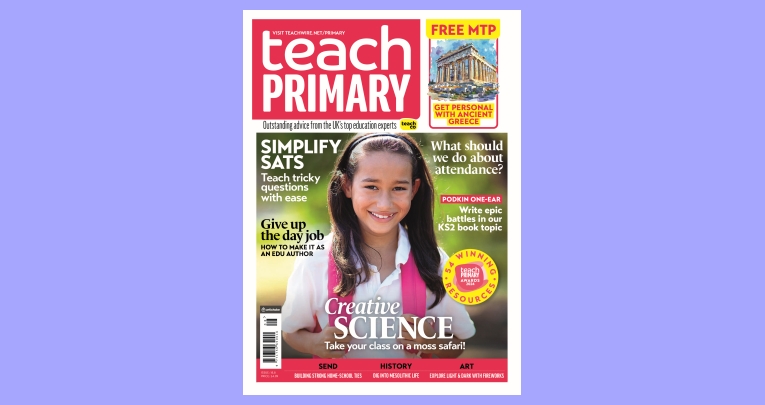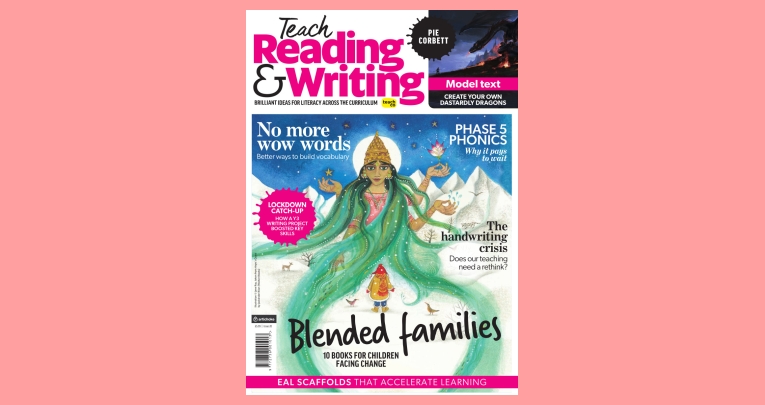Help children master this essential skill, with all the resources you need ready-made…
The digitally-savvy are always having a swipe at handwriting, bemoaning it as a redundant language skill. But it is still hugely relevant, and learning to write the specific English orthographic patterns plays a critical role in composition and the generation of creative and well-structured text.
The ability to write legibly and quickly continues to be a basic and essential skill and it also has a significant impact on the ability of children to recognise letters and activate their reading circuits.
The bottom-line of any handwriting scheme is to help children generate legible writing that can be produced comfortably, at speed and with little conscious effort, so they can attend to the higher-level aspects of writing composition and content.
This is what Collins Happy Handwriting helps to do, and supports teachers to implement and integrate effective, evidence-based teaching strategies using a cumulative programme of skills.
It strikes a healthy balance between practice and explicit instruction of a simple, modern cursive font.
Children’s write-in practice books are full of colourful and engaging activities that provide short, ‘little and often’ practice of letter formations and letter joining for successful hand habits and movement.

These 32-page user-friendly books feature focused activities to teach different aspects of handwriting that concentrate on legibility, consistency and quality.
They focus on the correct movements to form lower-case letters, followed by their capital formations.
The teacher handbooks contain gallons of gold-standard guidance and support, too. They have clear and practical advice for writing a whole-school handwriting policy, and feature the latest research and expert tips regarding the best practices to implement.
The handbooks also address the needs of left-handed children and have helpful notes on handwriting teaching routines.
Each week of content is presented as detailed, grid-based lesson outlines for easy reference and flexible planning. A range of activities are also included, which support children in their writing skills such as note taking, writing with a time limit, writing neatly and proofreading.
The course also includes a licence for the Collins Handwriting font so that teachers can create their own activities and displays, as well as resource sheets and home practice sheets to support all children in meeting ambitious handwriting goals.
For regular review and assessment there are structured diagnostic activities to identify handwriting needs with recording sheets to evaluate each family of letter movements, joins, letter formation and alphabet knowledge.











